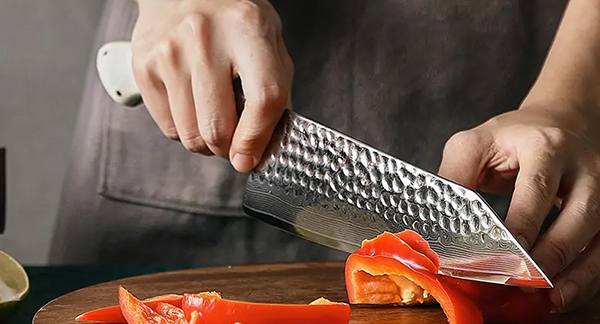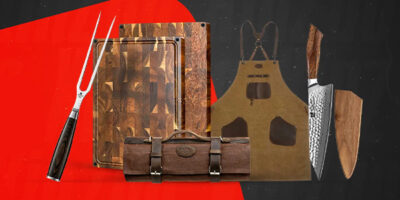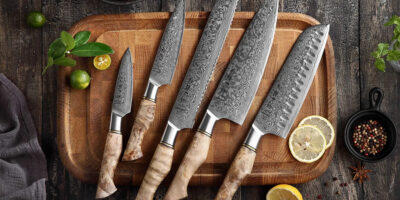
How to Choose the Best Chef Knife for Your Cooking Style: A Complete Guide for Home Cooks & Pros
How to Choose the Best Chef Knife for Your Cooking Style: A Complete Guide for Home Cooks & Pros
Choosing the right chef’s knife can dramatically enhance your culinary experience, whether you’re a home cook or a professional chef. A quality chef’s knife is fundamental to your kitchen, helping you chop, slice, and dice ingredients with precision. Here’s a complete guide to help you choose the best chef knife for your cooking style.
Understanding Your Needs
Before diving into the specifics, it’s important to assess your cooking habits and needs. Do you cook frequently, or is it an occasional hobby? Are you involved in intricate preparations, or is your style more straightforward? For professionals, specific tasks and techniques might influence your choice more than for home cooks, who may need versatility.
Types of Chef Knives
When looking for the best chef’s knife, you’ll encounter various options. The standard chef knife typically ranges from 8 to 10 inches in length, providing a balance between usability and control. Shorter knives, around 6 inches, can be a good fit for smaller hands or tasks requiring precision. European-style chef knives tend to have a wider blade, making them ideal for chopping, while Japanese-style knives are often thinner and lighter, excelling in delicate tasks.
Material Matters
The materials used in the blade can affect performance significantly. Most chef knives feature either stainless steel or high-carbon steel. Stainless steel offers corrosion resistance and durability, making maintenance easier. In contrast, high-carbon steel retains a sharper edge longer, but it requires more care to prevent rusting. Specialty materials, like Damascus steel, combine aesthetics with functionality, appealing to those looking for a visually striking tool.
Handle Comfort
A professional chef’s knife’s handle significantly influences its usability. Ergonomic designs are crucial for comfort during prolonged use. Options include wooden, plastic, or composite handles, each offering distinct ergonomic benefits. Wooden handles provide a classic feel but may require more maintenance. Plastic handles offer easy cleaning but may not provide the same grip as wood or rubber. Ultimately, ensure that the handle feels comfortable and balanced in your hand.
Weight and Balance
The weight of the chef’s knife can affect control and efficiency. Heavier knives are often suited for tougher ingredients, while lighter models provide greater maneuverability. Balance between the blade and handle is also crucial; a well-balanced knife feels natural and reduces strain on your wrist. When choosing a knife, hold it in your hand to find the right weight and balance for your cooking style.
Chef Knife Sets vs. Individual Knives
If you’re new to cooking or looking to upgrade your kitchen tools, consider a chef knife set. These sets typically include a range of knives, allowing you to tackle various tasks seamlessly. However, investing in a single high-quality professional chef knife may be more cost-effective. It’s essential to identify what you need most in your kitchen before making a decision.
Budget Considerations
When searching for the best chef’s knife, consider your budget. Quality knives can range widely in price, but investing in a reliable blade can save you money in the long run. Look for reputable brands like Elite Pro Cutlery that offer a balance between quality and affordability. Remember, a good knife can last a lifetime with proper care.
In conclusion, choosing a chef’s knife is a personal decision that reflects your cooking style and needs. Take your time exploring options and testing different blades. With the right professional chef knife in hand, you can elevate your cooking to new heights, whether you’re preparing simple weeknight meals or gourmet dishes. Happy cooking!







